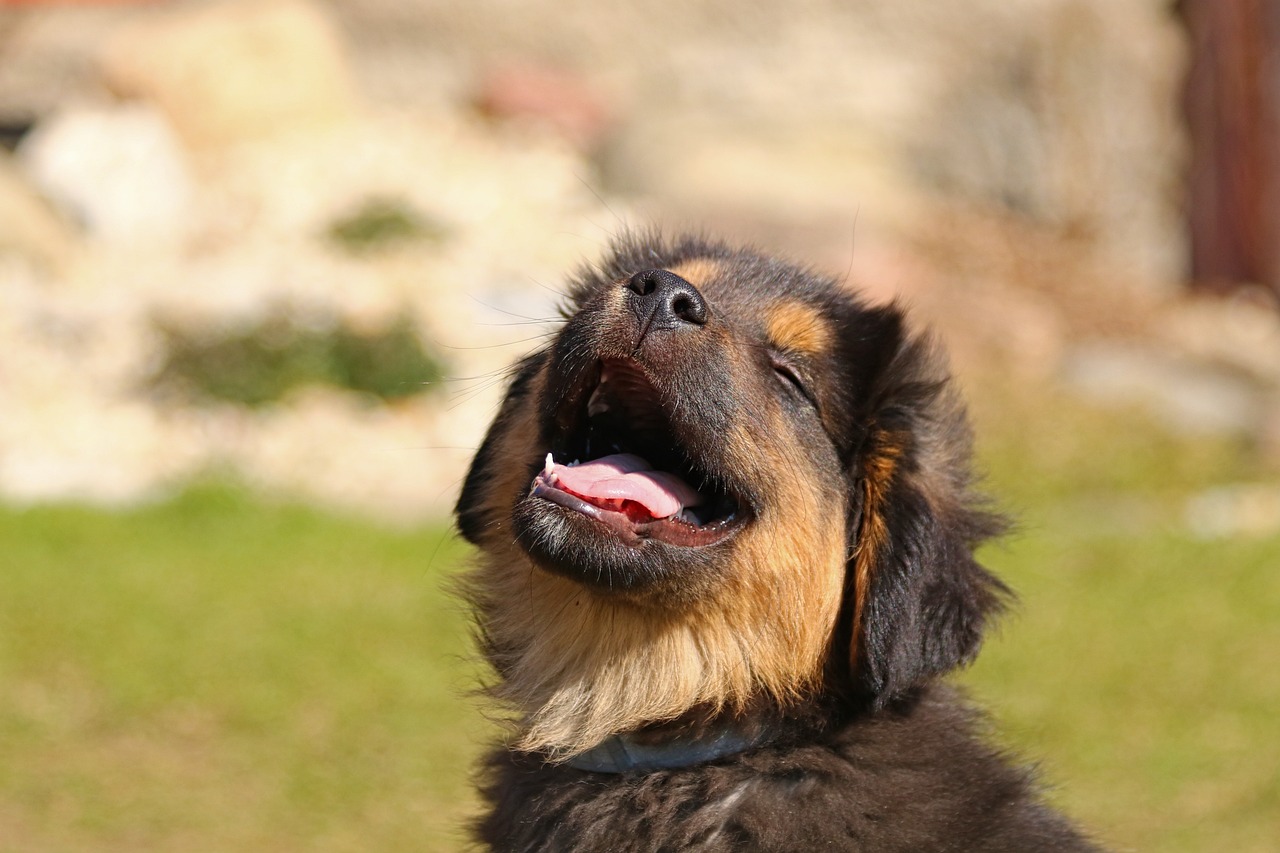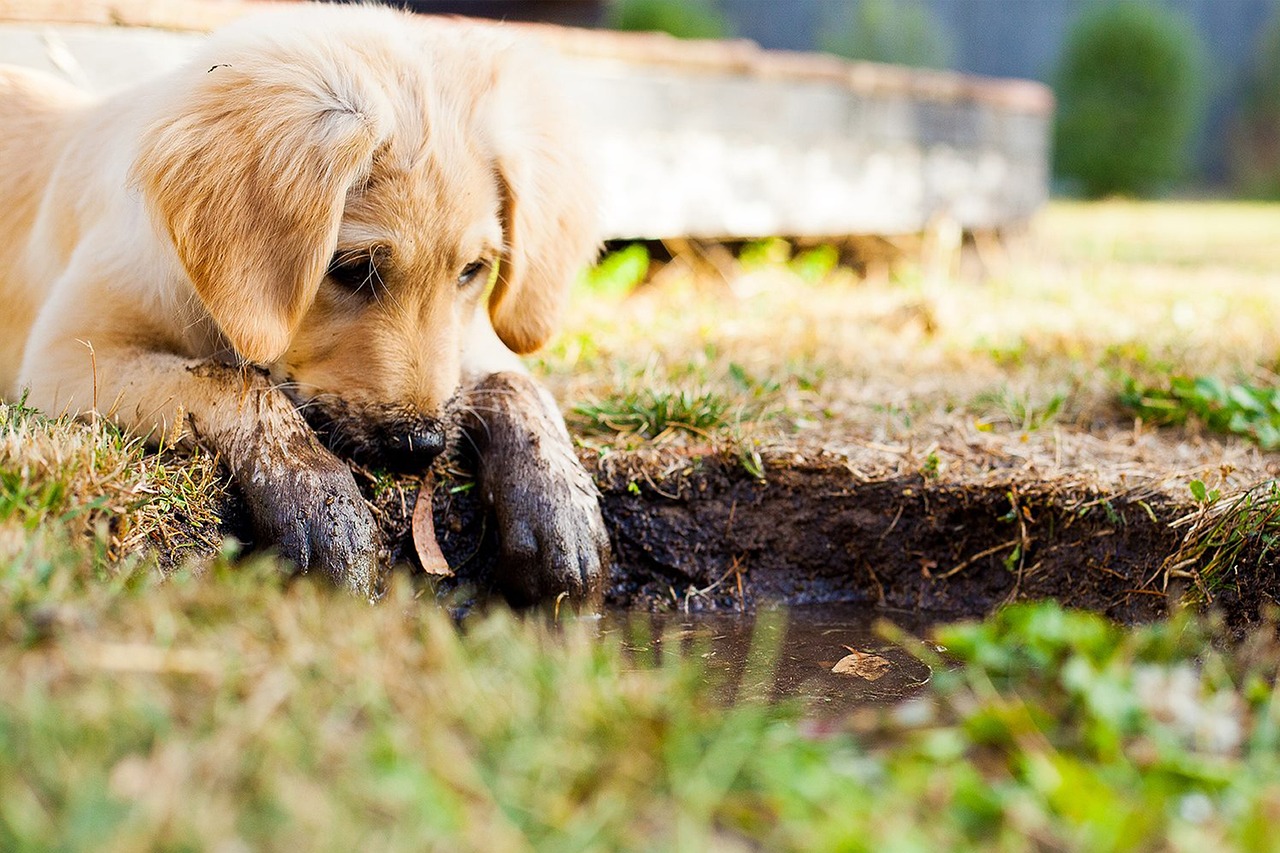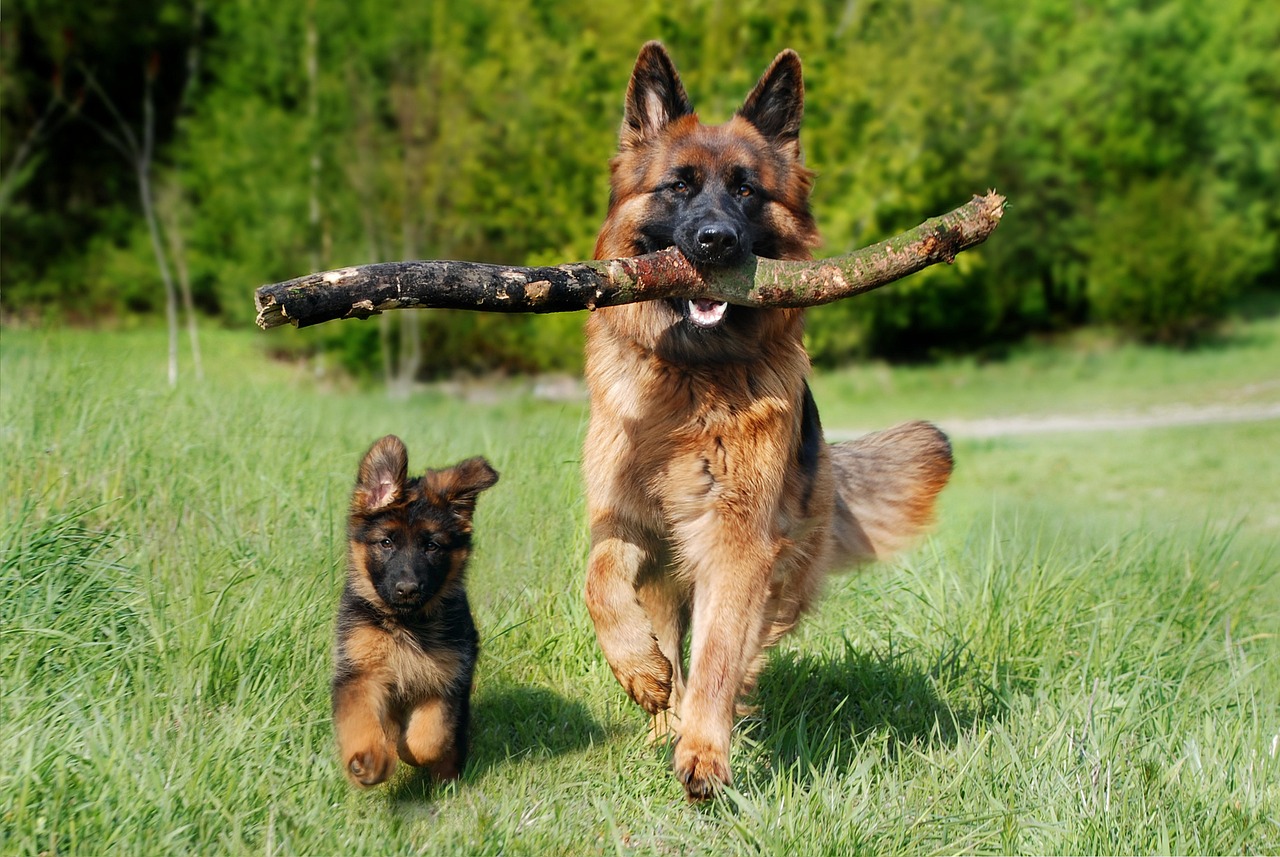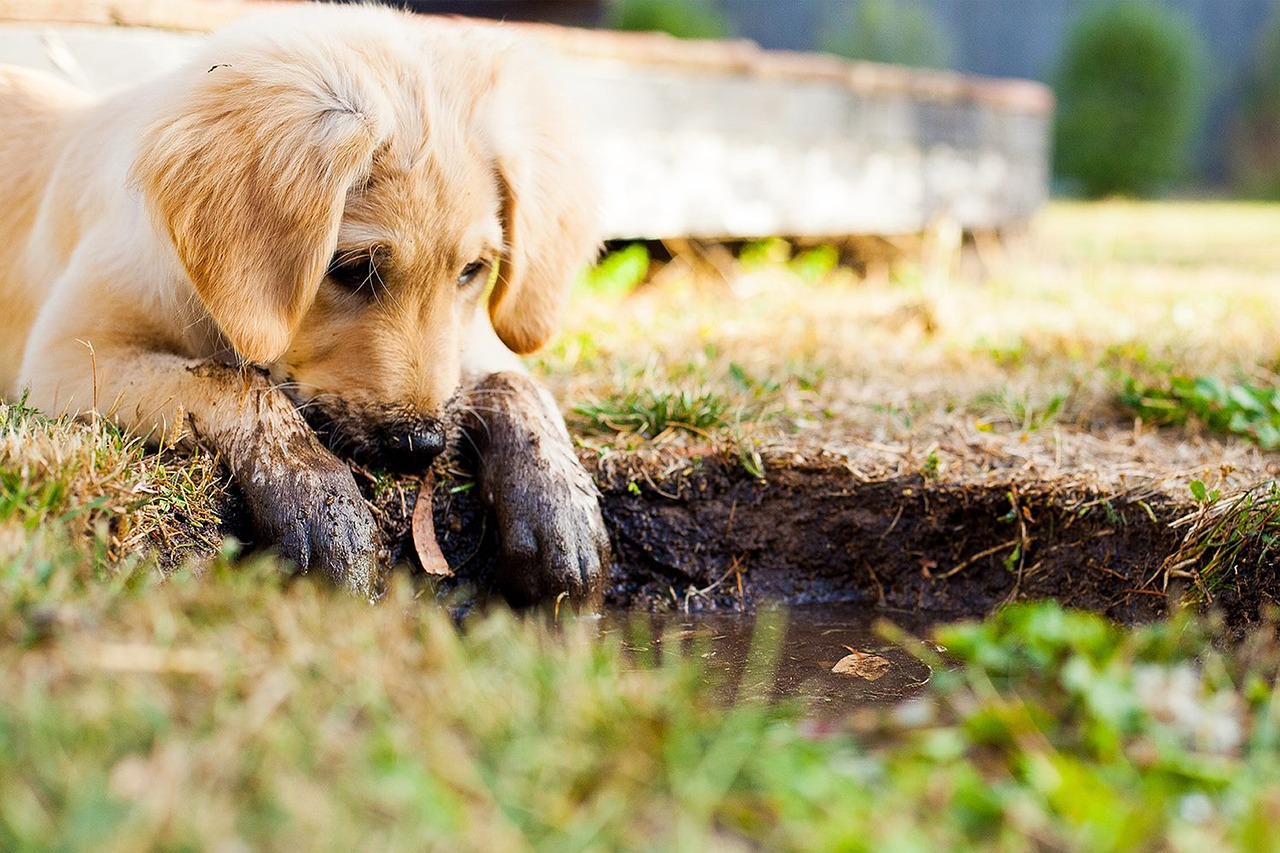Welcome to our blog dedicated to understanding the exercise needs of dogs, or 강아지 운동량. Just like humans, dogs require regular physical activity to maintain their health, happiness, and overall well-being. In this post, we will delve into the different factors that influence how much exercise your furry friend needs, including their age, breed, and energy level. By ensuring your dog gets the right amount of exercise, you can help them lead a fulfilling life. Let’s explore in detail below.
Understanding Your Dog’s Exercise Needs

The Importance of Regular Activity
Regular physical activity is essential for dogs, much like it is for humans. Engaging in exercise helps maintain a healthy weight, supports cardiovascular health, and promotes mental stimulation. Without sufficient activity, dogs may develop behavioral issues such as excessive barking or destructive chewing due to pent-up energy. Exercise also strengthens the bond between you and your pet, creating shared experiences that foster trust and companionship.
Identifying Your Dog’s Ideal Exercise Routine
To determine the appropriate exercise regimen for your dog, consider factors such as their age, breed, and overall health. Puppies typically have bursts of energy but require shorter play sessions, while adult dogs might need longer walks or more vigorous activities. Senior dogs may benefit from gentler exercises that are easier on their joints. Understanding these nuances can help you tailor an exercise plan that meets your dog’s specific needs.
Signs of Insufficient Exercise
Recognizing the signs that your dog isn’t getting enough physical activity is crucial. Common indicators include hyperactivity indoors, restlessness during quiet moments, or destructive behavior around the house. Additionally, if your dog seems overweight or lethargic during walks, it may be time to reassess their exercise routine. Addressing these issues promptly can prevent further complications related to their health and happiness.
Factors Influencing Exercise Requirements
Age Considerations
A dog’s age significantly impacts its exercise requirements. Puppies are often filled with boundless energy and need frequent short bursts of playtime to explore their environment and develop social skills. As dogs transition into adulthood, their exercise needs stabilize; they generally require a consistent daily routine to maintain fitness levels. In contrast, senior dogs tend to have lower energy levels and may benefit from gentle strolls rather than intense workouts.
Breed-Specific Needs
Different breeds have varying exercise demands based on their genetic backgrounds. For instance, working breeds like Border Collies or Labrador Retrievers thrive on high-intensity activities due to their history as herders or hunters. On the other hand, smaller toy breeds might be content with less strenuous activities like leisurely walks or indoor playtime. Understanding your dog’s breed traits can guide you in planning suitable exercises that align with their natural instincts.
Energy Levels and Temperament
Each dog has a unique personality that influences its energy level and enthusiasm for physical activity. Some dogs are naturally more energetic and require rigorous workouts to stay satisfied, while others may prefer calm interactions or moderate exercise sessions. Observing your dog’s behavior during various activities will help you gauge what type of exercise they enjoy most and how much they need to stay content.
Types of Exercises for Dogs

Walking: A Fundamental Activity
Walking is perhaps the most basic yet essential form of exercise for dogs. It provides an opportunity for them to explore new scents and environments while also allowing them to socialize with other dogs and people. Varying your walking routes can keep things exciting for both you and your furry friend. Aim for at least one or two walks daily depending on their energy levels; this simple activity contributes significantly to their overall well-being.
Playtime: Fun and Engagement
Interactive playtime is not only enjoyable but also serves as an excellent workout for dogs. Games such as fetch or tug-of-war stimulate both physical movement and mental engagement. These activities can be tailored based on your dog’s abilities; for example, older dogs may prefer gentler games while younger ones might enjoy more vigorous play sessions. Regular playtime strengthens your bond while keeping your dog active.
Aggressive Sports: For High-Energy Breeds
For those high-energy breeds that require more than just regular walks or playtime, engaging in dog sports can be an ideal outlet for their energy. Activities such as agility training, flyball, or even dock diving provide not only physical challenges but also mental stimulation by requiring problem-solving skills and teamwork between the handler and the dog.
Seasonal Considerations for Exercise
Adjusting for Weather Conditions
Weather plays a critical role in determining how much exercise your dog can safely handle outdoors. During hot summer months, it’s important to monitor your dog’s temperature closely; early morning or late evening walks are preferable when temperatures are cooler. Conversely, in winter months when snow covers the ground, shorter walks may be necessary due to cold exposure—consider using booties to protect sensitive paws from ice or salt.
Indoor Activities During Bad Weather
When inclement weather makes outdoor exercise impractical, there are numerous indoor activities that can keep your dog engaged physically and mentally. Puzzle toys filled with treats can challenge them cognitively while encouraging movement around the home; hide-and-seek games also provide entertainment without needing extensive space outdoors.
Preparing for Seasonal Changes
As seasons change throughout the year, so too should your approach to exercising your dog. Gradually acclimating them to different temperatures will help ensure they remain comfortable during walks—this includes investing in appropriate gear like jackets for cold weather or cooling vests during hotter months.
The Benefits of Consistent Exercise Routines

Mental Health Advantages
Regular physical activity is not only vital for a dog’s physical health but also plays a significant role in maintaining good mental well-being. Exercise releases endorphins which promote feelings of happiness; a well-exercised dog is often calmer and less prone to anxiety-related behaviors such as excessive barking or chewing furniture.
Enhancing Socialization Skills
Consistent outings allow dogs opportunities to interact with other animals and humans alike—this exposure helps improve their socialization skills over time. Meeting new friends at parks or engaging in group classes fosters confidence while reducing fearfulness towards unfamiliar situations.
Strengthening Owner-Pet Bonds
Shared experiences through regular exercises strengthen the bond between owner and pet significantly over time—the trust built during these interactions leads to improved communication between both parties! Engaging together creates lasting memories while ensuring that both individuals remain happy!
Monitoring Your Dog’s Progress Over Time
Keeping Track of Activity Levels
Monitoring how much exercise your dog gets each day can help you identify patterns over time—using apps designed specifically for pet owners allows tracking progress conveniently! Keeping logs about daily walks distances traveled provides insight into whether adjustments need made regarding frequency/intensity based upon changes observed within behavior/health conditions noted over time!
Adjusting Goals Based on Age & Health Changes
As dogs age or face health challenges such as arthritis or obesity—exercise goals must adapt accordingly! Consulting veterinarians when modifying routines ensures safety remains top priority while still promoting active lifestyles suited individually according specific needs/preferences identified throughout life stages experienced together!
Celebrating Achievements Together!
Celebrating milestones achieved through consistent efforts encourages motivation moving forward! Whether it’s completing longer hikes together or mastering new tricks learned during training sessions—recognizing accomplishments reinforces positive behaviors fostering continued growth within relationships established through shared experiences enjoyed fully!
Wrapping up with final thoughts
In conclusion, understanding and addressing your dog’s exercise needs is vital for their overall well-being. Regular physical activity not only supports their health but also enhances the bond between you and your furry companion. By tailoring exercise routines to fit your dog’s age, breed, and energy level, you can ensure they lead a happy and fulfilling life. Remember, a well-exercised dog is often a content and balanced pet.
Further insights and info
1. Regularly assess your dog’s physical condition to adjust their exercise routine accordingly.
2. Incorporate varied activities to keep your dog engaged and prevent boredom.
3. Pay attention to your dog’s behavior as it can indicate their exercise needs and preferences.
4. Consult with a veterinarian if you notice any significant changes in your dog’s health or energy levels.
5. Always prioritize safety during outdoor activities by monitoring weather conditions and using appropriate gear.
Main points review
This guide emphasizes the importance of regular exercise for dogs, highlighting how it contributes to both physical health and mental well-being. It outlines factors such as age, breed, and temperament that influence a dog’s exercise requirements. Additionally, various types of exercises are discussed along with seasonal considerations to ensure safe activity levels year-round. Ultimately, fostering an active lifestyle not only benefits dogs but also strengthens the relationship between pets and their owners.
[Related posts with similar topics]






